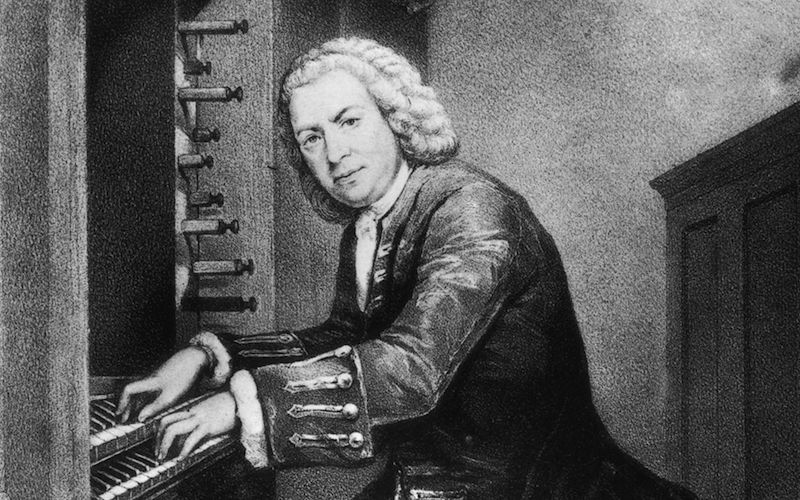Bach
Episode #1 of the course “Famous classical music composers”
Johann Sebastian Bach was an 18th-century German Baroque composer renowned for his music’s intelligence, rhythms, and harmonies. J.S. Bach composed over 300 pieces throughout his career of remarkable style that used harmonies from different types of music around Europe. Bach was devoutly religious and demanded a spiritual quality in each piece of music. The compositions from J.S. Bach that have survived are mainly his organ and keyboard pieces and those he wrote for choirs.
Baroque music often left musicians room to improvise or interpret the music by writing the outline of the music and allowing performers to embellish. Bach, however, left little room for improvisation. He also experimented with musical themes by basing compositions on biblical works and demonstrating their artistry with a range of technical challenges. He based many of his choral pieces, including many cantatas and motets, on Lutheran chorale hymn tunes, but his elaborate composition shows the planning toward the subtleties that each singer’s voice brought to the performance as a whole.
Two of J.S. Bach’s most famous compositions are The Art of Fugue and The Well Tempered Clavier. The unfinished instrumental The Art of Fugue displays Bach’s greatest inclination toward improvisation. The work consists of 4 canons and 14 fugues, which center around one subject but increase in complexity. Performers can improvise and explore the subject through their own artistic expression. Although Bach may have intended for it to be played on a harpsichord, some believe it may have been merely a training exercise. The Well Tempered Clavier consists of a prelude and fugue in each major and minor key in chromatic order. A challenging set of pieces, it remains both highly studied and world-renowned as a training tool and an example of mastery.
Share with friends

